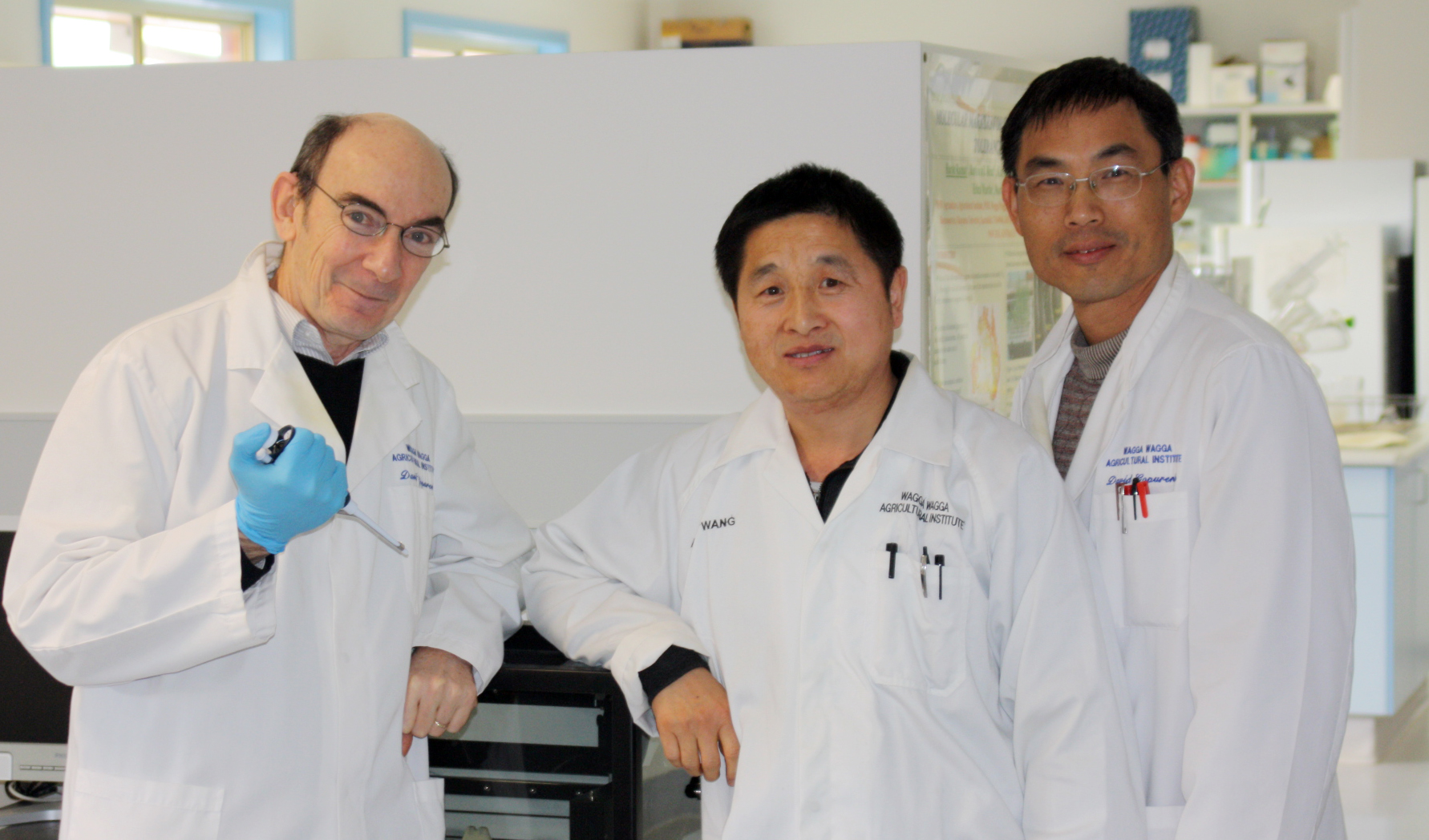
Weed DNA barcode breakthrough
5 Jun 2017

Identification of DNA barcodes for serrated tussock and Chilean needle grass has delivered a new approach to better manage new incursions of two of Australia’s major invasive weeds.
NSW Department of Primary Industries (DPI) scientist, David Gopurenko, said identification of the DNA barcodes by a team of NSW DPI researchers will make it easier to distinguish the weeds from the native grasses they grow alongside in eastern Australia.
“For the first time we have the potential to develop a timely and easy way to distinguish between invasive and native grasses at early growth stages,” Dr Gopurenko said.
“DNA barcoding gives us the opportunity to shortcut the traditional identification process, which usually requires examination of the plants’ flowers, which can only take place once the plant has reached maturity.
“Now we have the ability to better manage new incursions by identifying weeds before they mature, flower and become established.”
Correct identification of invasive and native grasses is crucial in weed management misidentification can delay control of invasive weeds and could also lead to the unwanted eradication of desirable native grass.
DNA barcoding can accurately identify species from small samples, including trace amounts of degraded tissue which has not been stored properly.
Native to South America, serrated tussock and Chilean needle grass cause significant damage to the Australian environment and agricultural industries.
Serrated tussock costs more than $40 million in lost production each year, covering more than 1.1 million hectares, with more than 30 million hectares of south-eastern Australia classed as climatically suitable for the weed’s invasion.
Annual costs of Chilean needle grass exceed $120 per hectare.
The three-year study to identify the DNA barcodes of invasive weeds was funded by the NSW Weeds Action Program led by NSW DPI scientists, Aisuo Wang, David Gopurenko and Hanwen Wu, all based at the Wagga Wagga Agricultural Institute.
A new project to develop a field-based tool to identify Chilean needle grass and serrated tussock using the DNA barcodes has this year been funded through the Australian Government’s Agricultural Competitiveness White Paper.
Photographs available from bernadette.york@dpi.nsw.gov.au
Media contact: Bernadette York (02) 6938 1664, 0427 773 785

